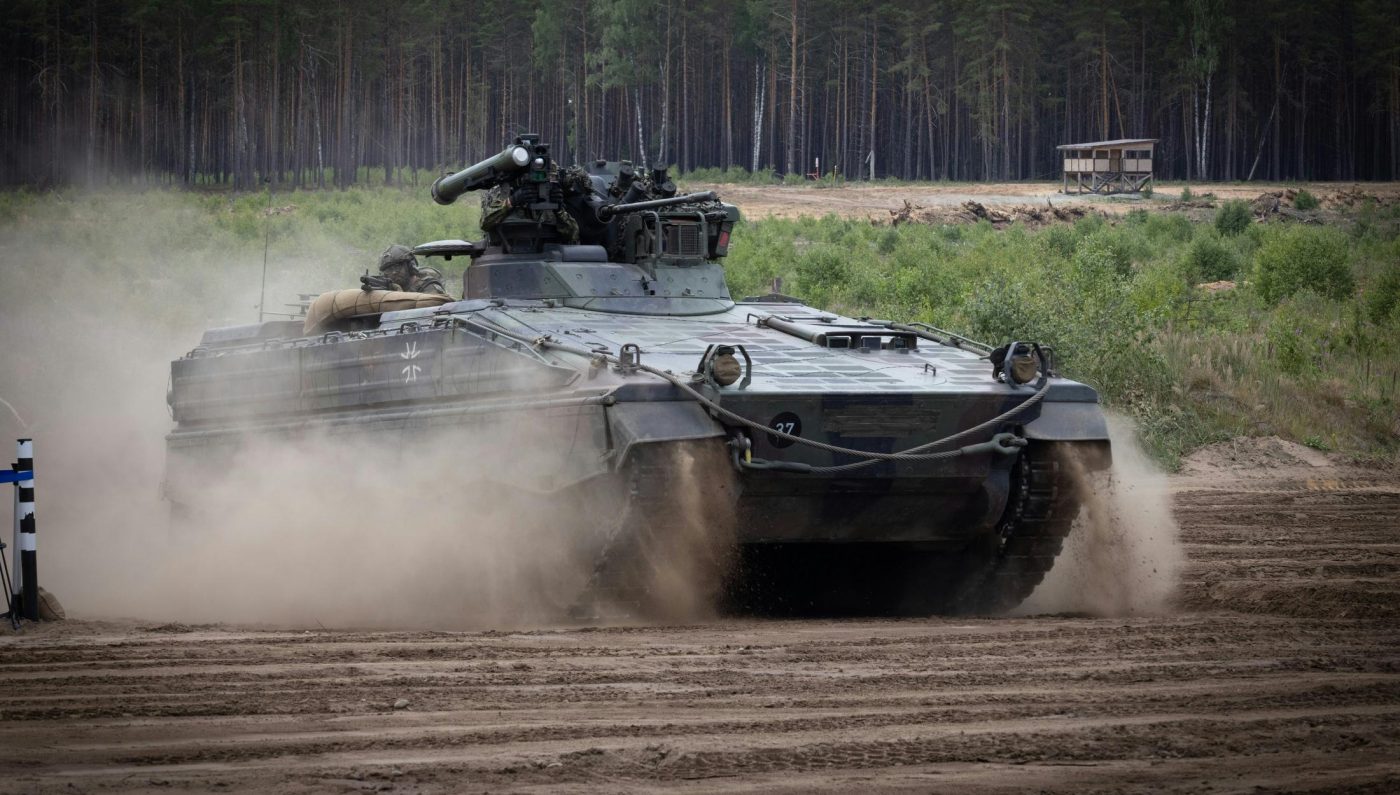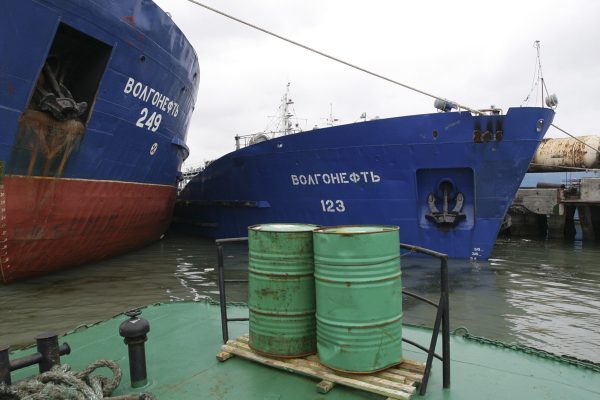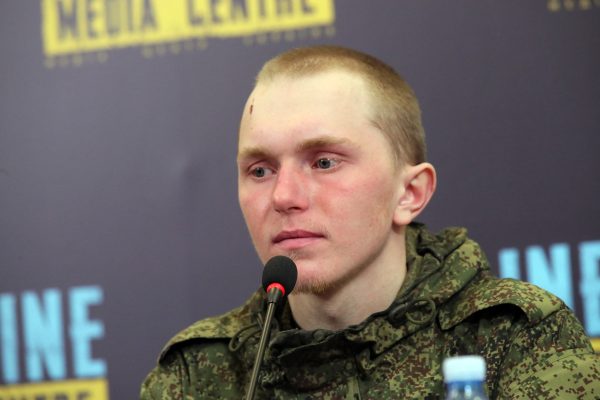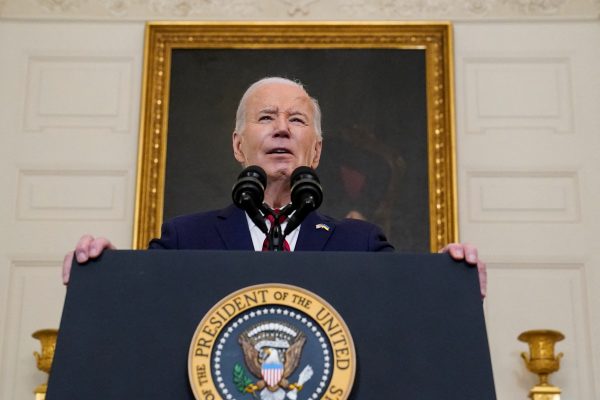The Baltic states play a crucial role in protecting NATO’s Eastern Flank, and all three allocate more than 2% of their GDP towards defense spending. The three have pledged to raise this to 3% — surpassing the alliance’s recommended threshold — and have also been at the forefront of supporting Ukraine, driven by their shared memories of Russian occupation and of the current Kremlin threat.
The Vilnius Summit will be a high-impact event with a strategic audience, and the potential to reach more than 1.3 billion people around the globe. So Lithuania, supported by Estonia and Latvia, has the opportunity to convey one clear message to the rest of NATO: “Spend like the Baltics.” This is more than just a slogan for social media or baseball caps, it represents a clear approach to ending the Russia-Ukraine war.
According to the Kiel Institute for the World Economy, Latvia (1.5%), Estonia (1.3%), and Lithuania (1.2%) ranked as the top three donors to Ukraine as a percentage of GDP between January 2022 and May 2023. In other words, they have put their money where their mouth is (Estonia, for example, handed all its heavy artillery to Ukraine.)
While the US and UK deserve credit for providing and mobilizing support for Kyiv, their contributions between January 2022 and February 2023 only amounted to 0.4 % of GDP. Germany’s support is similar.
To “spend like the Baltics,” each NATO member state should commit 1% of its GDP to support Ukraine in 2023. The combined GDP of NATO member states exceeds $50 trillion, more than 10 times the size of the Russian economy. With the alliance’s support, Ukraine could outspend Russia and win this war.
If all NATO allies had spent like the Baltics in 2022, support for Ukraine would have amounted to more than $500bn instead of $100 billion. Such increased support could have helped Ukraine end the war in 2023, or at the very least make rapid gains. Instead, Ukraine’s spring offensive has stuttered, largely due to insufficient resources and support.
The time is ripe to bolster Ukraine’s efforts. The Kremlin is under pressure, not only as a result of Wagner boss Yevgeny Prigozhin’s June 23-24 revolt but also due to the battlefield dynamics as Russia struggles to achieve its military goals.
Russia’s military spending for 2023 is projected to be approximately 6.648bn rubles ($73bn), accounting for 4.4% of Russia’s forecast GDP. While the Kremlin has the ability to allocate more resources to the war effort, it is also seeking to “restrain spending.” By ramping up support for Ukraine, NATO would force the Kremlin to bleed Russia’s state coffers, thereby raising the stakes domestically and hastening the end of the war.
There is ample scientific evidence to support goal theory, which argues that setting goals significantly enhances performance, and makes the specified goals more likely to be achieved. Lithuania should heed this and add a timescale to the proposed 1% commitment from its NATO partners.
Although a 1% of GDP commitment to Kyiv for 2023 may seem substantial, the costs of the Russia-Ukraine war (including the price in Ukrainian blood) are growing with each passing day. If NATO members wish to avoid a protracted war – and mounting costs — they must be prepared to significantly scale up their support in the short term.
Dr. Leon Hartwell is a Non-resident Senior Fellow at the Centre for European Policy Analysis (CEPA) in Washington D.C., and a Senior Associate at LSE IDEAS, London School of Economics.
Europe’s Edge is CEPA’s online journal covering critical topics on the foreign policy docket across Europe and North America. All opinions are those of the author and do not necessarily represent the position or views of the institutions they represent or the Center for European Policy Analysis.





